
The Smooth Scallop, scientifically known as Flexopecten glaber, is a fascinating marine species that thrives in the Mediterranean Sea and Black Sea.
This scallop is not only vital to its ecosystem but also holds significant cultural and economic importance. Its unique characteristics and plentiful habitats make it a subject of interest for both seafood lovers and marine biologists alike.
Identifying this scallop can be simple, as its smooth, fan-shaped shells are easy to recognize. These scallops are typically found at depths ranging from 5 to 900 meters, often nestled on soft and hard substrates. Their wide distribution across various marine environments highlights their adaptability and importance in maintaining ecological balance.
In addition to their environmental roles, Smooth Scallops are also valuable to local fisheries and economies. As a sought-after seafood, they contribute to culinary traditions while supporting livelihoods in coastal communities. Understanding this species can deepen appreciation for marine life and the challenges it faces in a changing world.
Key Takeaways
- The Smooth Scallop is crucial for both its ecosystem and local economies.
- It can be identified by its distinct smooth, fan-shaped shells.
- Its habitat ranges from shallow to deep waters in the Mediterranean and Black Seas.
Identification Guide
Identifying the Smooth Scallop (Flexopecten glaber) requires attention to specific physical traits and behaviors. This guide provides essential details for recognizing this species, along with comparisons to similar scallops.
How to Identify a Smooth Scallop (Flexopecten glaber)
To identify a Smooth Scallop, look for its distinctive features. The shell is typically fan-shaped and can range in color from white to pale yellow or even light brown. The shell's surface is smooth with few radial ribs.
The size of the smooth scallop typically ranges from 6 to 12 centimeters in diameter. When viewed from above, the shell appears symmetrical. The edges of the shell are scalloped, which is a key characteristic.
Moreover, the inside of the shell is often shiny and white. Observing these traits can help differentiate it from other scallop species.
Characteristics
The Smooth Scallop has several distinguishing characteristics. Its shell is the primary identification factor, featuring a smooth surface without the deep grooves found in related species.
Save 50%
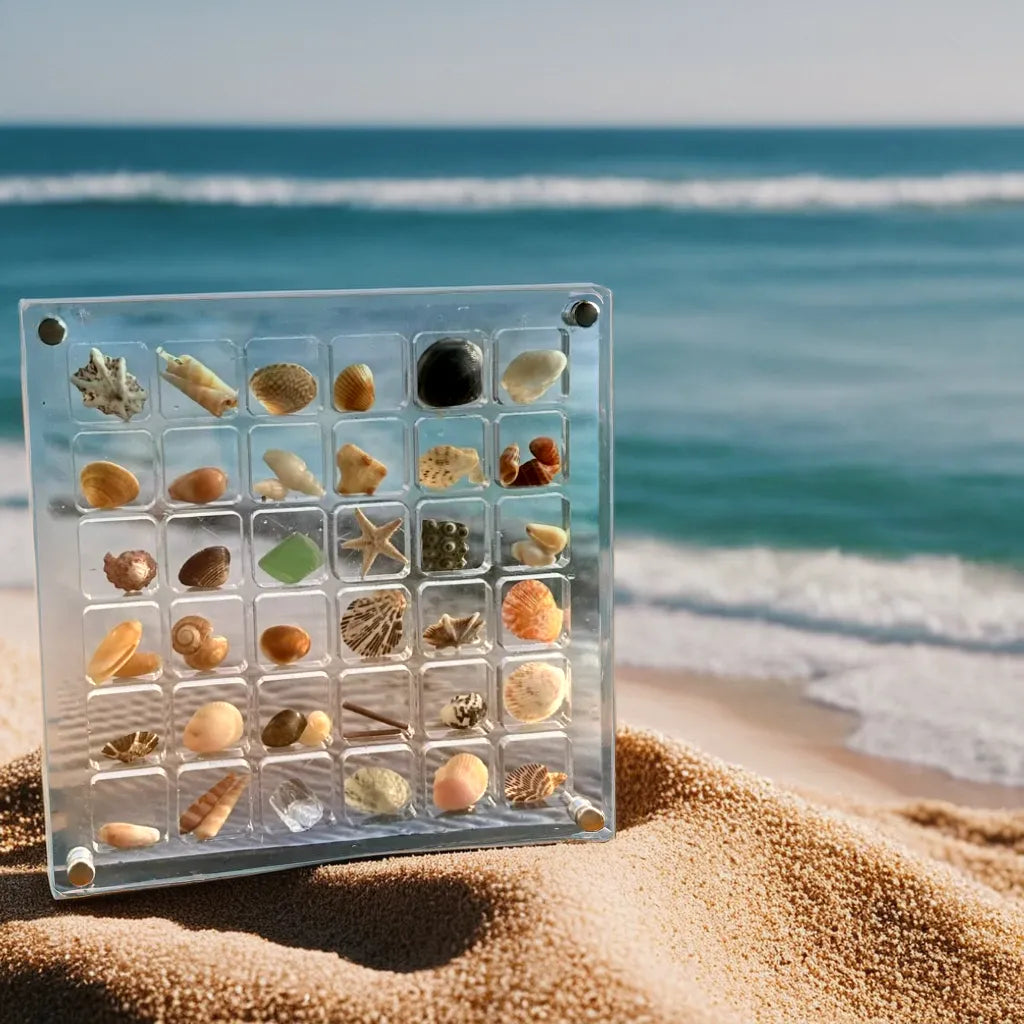
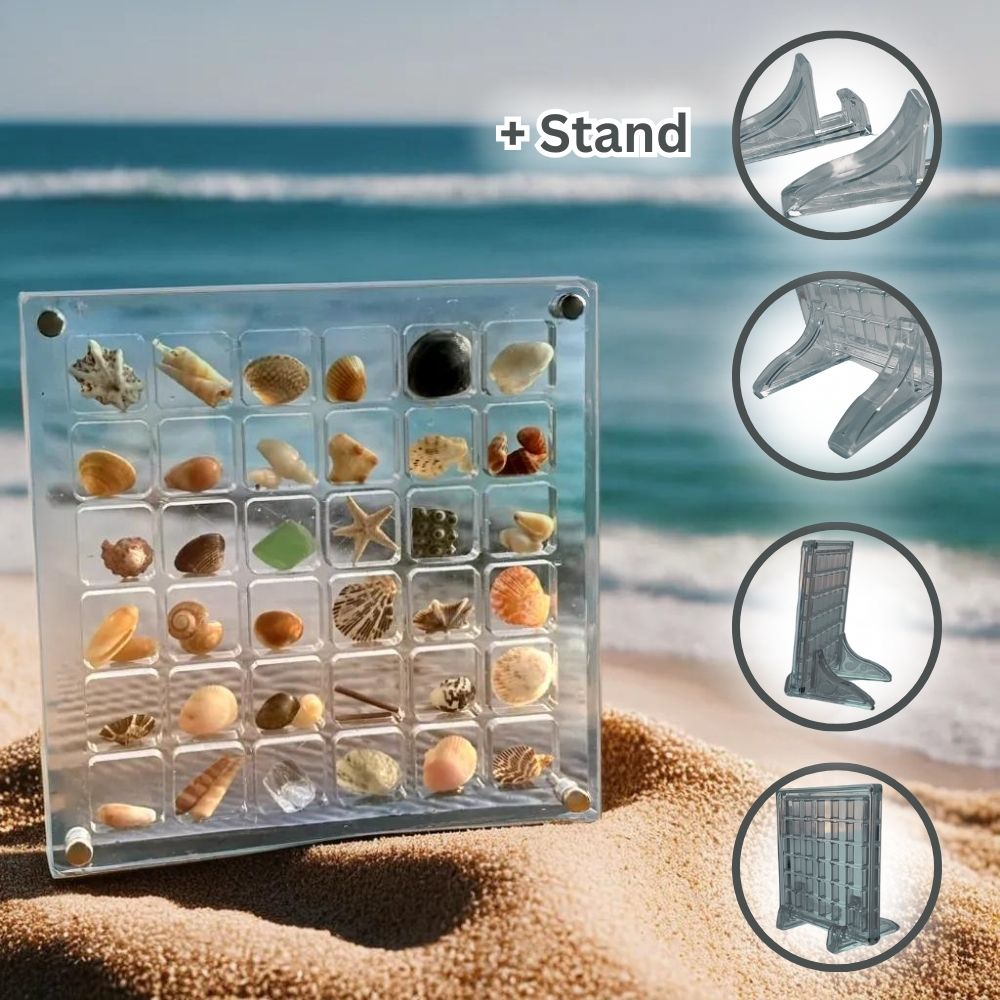
Internally, it has bright white adductor muscle, which is often the edible part of the scallop. The reproductive organs are also notable, often appearing as orange or yellow during spawning season.
Additionally, the scallops can move by rapidly clapping their shells together, aiding in swimming. This behavior can also be an identifying factor.
Comparison to Similar Species
When comparing the Smooth Scallop to similar species, particularly the Eastern Scallop (Placopecten magellanicus), there are key differences. The Eastern Scallop has a more pronounced ribbed shell, while the Smooth Scallop is notably smoother.
The color palette can also vary; the Eastern Scallop tends to have brighter, more inconsistent colors. In terms of size, the Eastern Scallop generally grows larger than the Smooth Scallop.
Lastly, the ranges of these species differ; Smooth Scallops are often found in less turbulent waters compared to other types. Paying attention to these details can help ensure accurate identification.
Distribution & Habitat
The Smooth Scallop, known scientifically as
Flexopecten glaber, has a specific range and habitat that supports its life cycle and growth. This section explores where these scallops can be found and their preferred living conditions.
Where to Find Smooth Scallop (Flexopecten glaber)
Flexopecten glaber is primarily located in the Mediterranean Sea. Its presence extends into the Black Sea, where it has adapted over time.
The scallops thrive in
benthic zones, typically at depths ranging from 0 to 215 meters.
They prefer sandy or muddy substrates, which provide them with protection and access to food sources.
Their distribution is often influenced by water temperature and salinity, favoring subtropical climates.
Save 20%
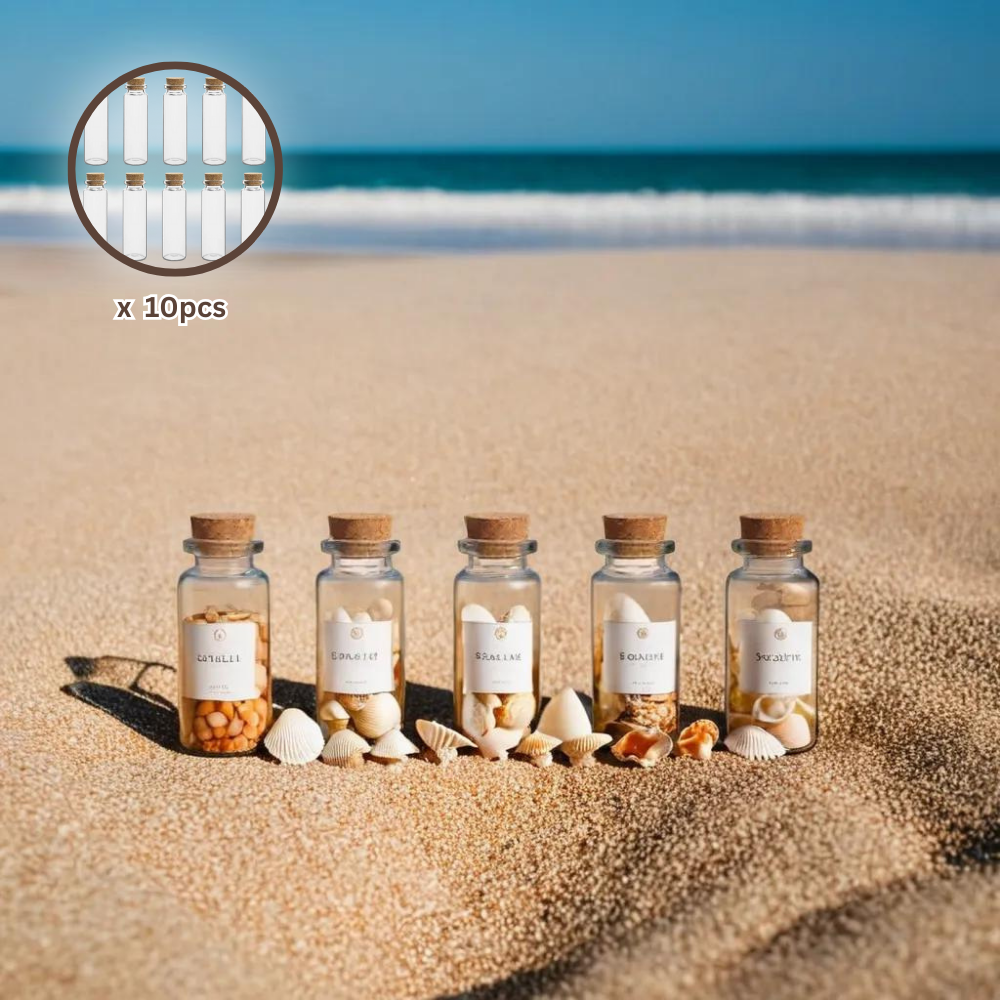
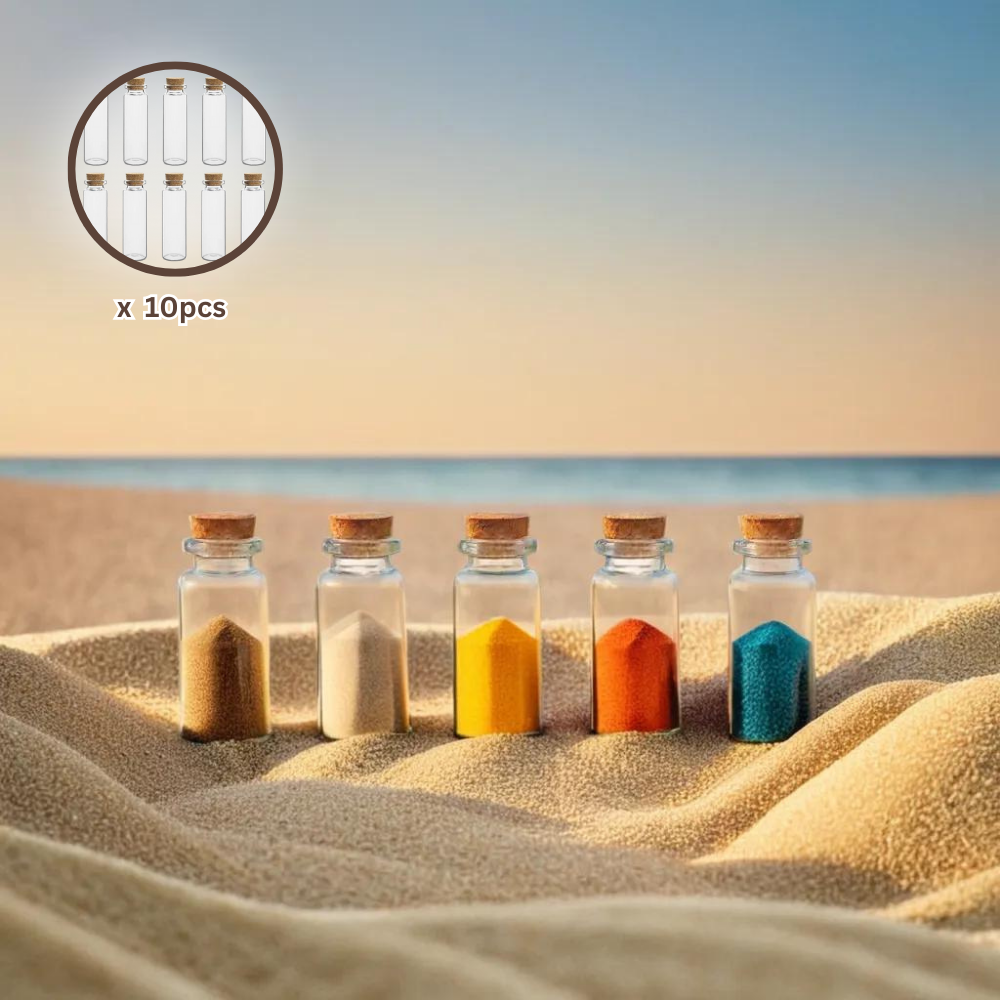
In summary, Smooth Scallops can be found in diverse marine environments but have specific habitat preferences that shape their distribution.
Cultural & Economic Importance
The smooth scallop, known scientifically as
Flexopecten glaber, plays a vital role in both culture and economics, particularly in Mediterranean and other coastal regions. Its presence is significant not only for local diets but also for the fishing industry.
The Smooth Scallop (Flexopecten glaber) in Culture
Flexopecten glaber is a popular seafood item in Mediterranean cuisine. It is often served in various dishes, including pasta and soups, showcasing its versatility. The scallop's delicate flavor makes it a sought-after ingredient in many regional recipes.
Culturally, the smooth scallop is involved in local traditions and celebrations. Fishing communities often celebrate scallop harvesting seasons through festivals, which promote social gatherings and highlight their importance in local culture. Educational efforts also exist to raise awareness about sustainable practices when harvesting this species.
Legal Status
The legal status of the smooth scallop can vary by region, influencing its harvesting and trade. In some areas, regulations are set to ensure sustainable fishing practices. This includes quotas on the number of scallops that can be harvested and size limits to protect juvenile populations.
Additionally, fishing licenses are often required, with penalties for illegal fishing. These laws aim to prevent overfishing, ensuring that the smooth scallop remains a viable species for future generations. Local authorities and organizations work together to monitor populations and enforce regulations, contributing to the scallop's long-term sustainability.
Smooth Scallop (Flexopecten glaber) Crafting
Smooth scallop shells offer a unique medium for various types of crafting. Artisans often use them in decorative projects or functional pieces. The shells are prized for their smooth texture and beautiful colors.
Common Uses in Crafting:
-
Jewelry making: Shells can be transformed into pendants or earrings.
-
Home decor: They can be used in wall art or centerpieces.
-
Craft supplies: Pieces are often added to mixed-media projects.
Techniques for Crafting:
-
Cleaning: It is essential to clean the shells thoroughly. This removes any residue and enhances the natural shine.
-
Painting: Acrylic paints can be used to add color and design. This step allows for creativity and personalization.
-
Sealing: Applying a clear sealant helps protect the painted designs and gives a polished finish.
Tips for Best Results:
- Choose shells that are intact and free of cracks for durable craft items.
- Experiment with various sizes and shapes for diverse projects.
- Combine scallops with other natural materials, like driftwood or stones, for unique designs.
Save 42%

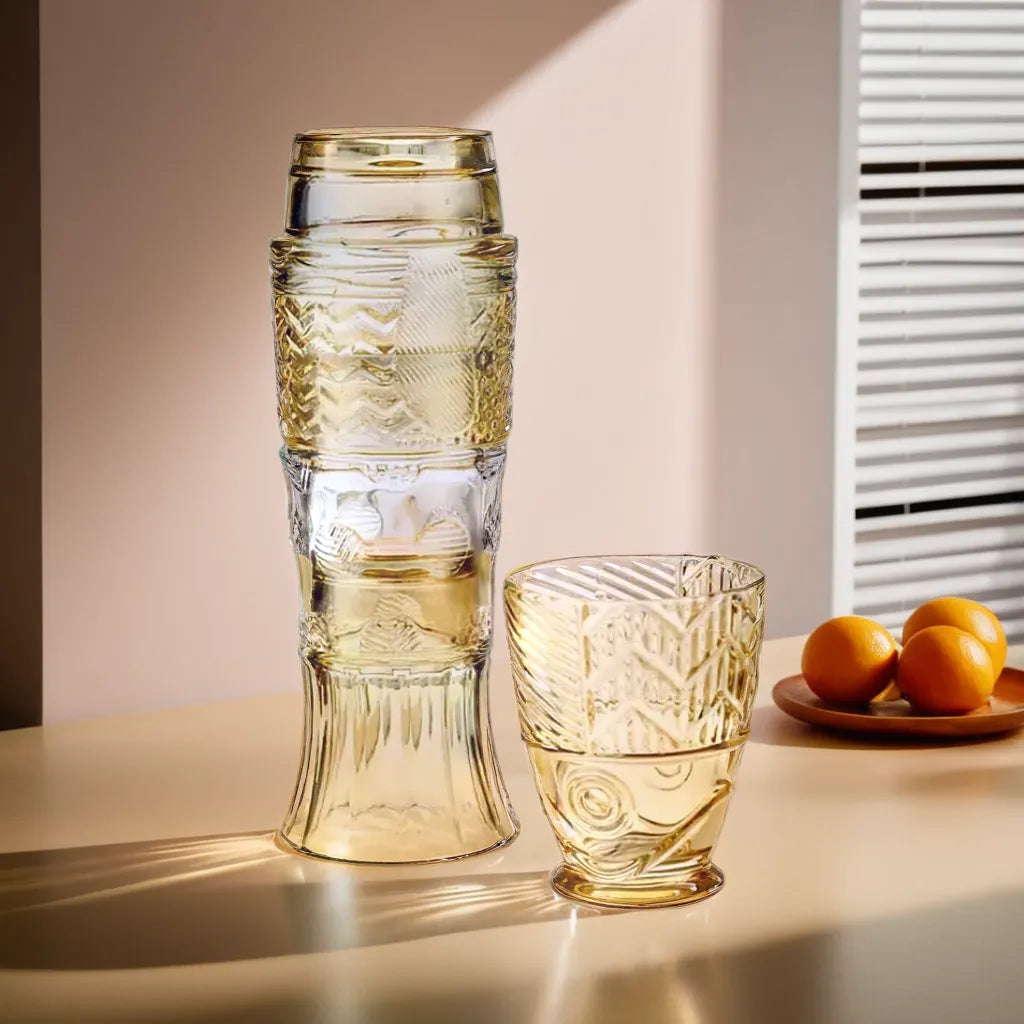
Crafting with Smooth Scallops can be both enjoyable and rewarding. They provide a sustainable option for artists and crafters.
Frequently Asked Questions
The Smooth Scallop, or Flexopecten glaber, has several important traits that attract interest. These include its preferred habitats, differences from similar species, lifespan, culinary uses, reproductive cycle, and potential for commercial cultivation.
What habitats are preferred by the Smooth Scallop species?
Flexopecten glaber is often found in sandy and muddy substrates along coastlines. It prefers shallow waters, typically at depths of up to 50 meters. This species thrives in areas with good water flow, which provides access to food and helps with respiration.
How can you differentiate Flexopecten glaber from other scallop species?
Flexopecten glaber can be identified by its flat ribs. In contrast to other scallops, like Flexopecten flexuosus, its ribs lack strong separation and deep furrows. The shell shape and coloration also provide distinguishing features, making identification easier for enthusiasts and researchers.
What is the typical lifespan of a Smooth Scallop?
The lifespan of a Smooth Scallop generally can reach up to 8 years in ideal conditions. Factors like habitat quality, food availability, and environmental stress can influence this lifespan. Young scallops grow rapidly in their early years, contributing to their population sustainability.
What are the culinary uses of the Smooth Scallop?
Smooth Scallops are well-regarded in culinary applications. They are often served in various dishes, including pastas and seafood plates. Their sweet, delicate flavor makes them a favorite among chefs and home cooks alike.
How does the reproductive cycle of the Smooth Scallop operate?
Flexopecten glaber has a complex reproductive cycle. It typically reproduces through external fertilization. During spawning seasons, which occur in warmer months, the scallops release eggs and sperm into the water, leading to a high fertilization rate.
Can the Smooth Scallop be cultivated for commercial purposes, and if so, how?
Yes, the Smooth Scallop can be cultivated commercially. Aquaculture methods involve raising them in controlled environments, such as designated marine farms. Techniques ensure optimal growth conditions, including regular monitoring of water quality and nutrition. This makes them viable for sustainable seafood production.
 The Smooth Scallop, scientifically known as Flexopecten glaber, is a fascinating marine species that thrives in the Mediterranean Sea and Black Sea. This scallop is not only vital to its ecosystem but also holds significant cultural and economic importance. Its unique characteristics and plentiful habitats make it a subject of interest for both seafood lovers and marine biologists alike.
Identifying this scallop can be simple, as its smooth, fan-shaped shells are easy to recognize. These scallops are typically found at depths ranging from 5 to 900 meters, often nestled on soft and hard substrates. Their wide distribution across various marine environments highlights their adaptability and importance in maintaining ecological balance.
In addition to their environmental roles, Smooth Scallops are also valuable to local fisheries and economies. As a sought-after seafood, they contribute to culinary traditions while supporting livelihoods in coastal communities. Understanding this species can deepen appreciation for marine life and the challenges it faces in a changing world.
The Smooth Scallop, scientifically known as Flexopecten glaber, is a fascinating marine species that thrives in the Mediterranean Sea and Black Sea. This scallop is not only vital to its ecosystem but also holds significant cultural and economic importance. Its unique characteristics and plentiful habitats make it a subject of interest for both seafood lovers and marine biologists alike.
Identifying this scallop can be simple, as its smooth, fan-shaped shells are easy to recognize. These scallops are typically found at depths ranging from 5 to 900 meters, often nestled on soft and hard substrates. Their wide distribution across various marine environments highlights their adaptability and importance in maintaining ecological balance.
In addition to their environmental roles, Smooth Scallops are also valuable to local fisheries and economies. As a sought-after seafood, they contribute to culinary traditions while supporting livelihoods in coastal communities. Understanding this species can deepen appreciation for marine life and the challenges it faces in a changing world.























